
AMD Radeon R7 260X 2GB
Continuing the theme already set by the 280X and 270X, the R7 260X also uses an existing GPU design. This time it's the Bonaire GPU that we saw earlier this year in the Radeon HD 7790 1GB. One immediate difference is that the R7 260X 2GB has an extra 1GB of GDDR5 to play with, which is always nice.Clock speeds have also been upped to 1.1GHz on the core and 1.625GHz (6.5GHz effective) for the memory. On both accounts, this makes the 260X - a $139 card - the fastest clocked card AMD has ever produced - a potentially good bit of AMD, pub quiz trivia there for you.
The GPU features 896 stream processors, 56 texture units and 16 ROPs but a comparatively limited 128-bit memory bus for 104GB/sec of total bandwidth. It's touted to provide Radeon HD 5870 performance at a $139 price point and with less power consumption, and is positioned against Nvidia's GTX 650 Ti 1GB.
With a PCB of just 175mm, the R7 260X is rather cute looking. The cooler is also small, using just a finned block of anodised aluminium and an 80mm fan to provide active cooling for the GPU, and it exhausts all hot air back into your chassis. The 512MB memory chips aren't actively cooled, but the four main VRMs have a small heatsink attached to them which will receive some air from the fan.
A single 6-pin connection powers the card, which is also CrossFire compatible. Outputs are the same as the R9 270X, but here you will need to use the DisplayPort should you want more than two monitors connected to it.
AMD TrueAudio
A new feature being launched alongside Volcanic Islands is TrueAudio, although of the cards we're looking at it only features on the R7 260X, which is thus the first discrete GPU to feature a dedicated and programmable audio processor.TrueAudio refers to a physical, multi-core piece of silicon embedded in the GPU die but separate from the GPU cores themselves. It's designed to provide a consistent level of audio processing performance so that regardless of what other tasks take up the CPUs time, there will always be time for processing complex audio effects.
The idea of hardware accelerated audio processing is of course nothing new but rather something Microsoft killed off by dropping DirectAudio in Windows Vista. With Windows 8, however, there is now an opportunity to do this once again. As such we could well see a raft of other audio accelerators hit the market in the coming months but AMD got there first.
As with previous incarnations of hardware-accelerated audio, games and other applications will need to be coded to support TrueAudio.
The TrueAudio chip itself comprises ten Tensilica HiFi EP Audio DSP cores, which are specifically optimised for processing audio. Each core features two 32KB caches (one for instructions, one for data) alongside 8KB of scratch RAM for 'fast local operations'. The cores also have access to 384KB of shared cache, as well as low latency access to up to 64MB of the onboard GDDR5 frame buffer too.
AMD is also keen to point out that TrueAudio is not an audio endpoint – you won't be seeing graphics cards with 3.5mm jack outputs on, for example. Instead, all TrueAudio processing occurs alongside the application or game in real time (hence the use of dedicated and audio-optimised parallel cores and multiple low latency caches) before being sent to whatever output is used. AMD thus claims that it won't interfere with existing sound cards, although this remains to be seen. No separate driver is required either; if it's supported in the game or application it will be able to run natively.
TrueAudio's added processing power can be used for effects like convolution reverb (the simulation of the reverberation of a space) and adding positional data to audio sources, effects that normal are to process-intensive for developers to 'risk' putting them in. AMD claims TrueAudio is capable of individually processing over a hundred separate audio streams in real time, each with its own effects and post-processing, a task that would normally take up a huge proportion of a CPUs time.
As well as being available for any programmer to use in its raw state, TrueAudio s also already being supported by a number of existing middleware packages from the likes of GenAudio. These provide an easy go between and reduce the programming overhead for developers, and indeed AMD claims these supported middleware packages are already used in "most" new games anyway, making support as simple as enabling or disabling an effect.
The first games to take advantage of it will be Thief, Murdered and Lichdom. We were given a basic demo of some of the 3D positional audio capabilities of TrueAudio using standard stereo headphones, and while it always resulted in an improvement, it was more convincing in some cases than in others. You can judge for yourself using this YouTube clip, which demonstrates GenAudio's AstoundSound technology.
The lack of TrueAudio on the R9 280X and R9 270X is definitely an issue, especially if the technology takes off and buyers cotton on to it being "available on AMD's latest graphics cards". We can envisage quite a volume of support calls, forums posts and returns in the near future.
What makes this particularly interesting, though, is that AMD has confirmed to us that the relevant silicon is actually present in the original Bonaire 7790 GPUs as well as the R7 260X, although it cannot be used in the older cards. Just about all we can tell you about the 290X now is that it will of course also feature TrueAudio.
AMD Mantle
The final topic worthy of discussion here is Mantle, AMD's new low level programming interface specifically for all of its Graphics Core Next GPUs. It's designed to offer an alternative to DirectX and OpenGL that, rather than using a high level of abstraction for high interoperability, offers a low level of abstraction with direct access to GCN hardware features. In other words it offers developers the chance to further unlock the performance of the hardware.AMD claims that Mantle can enable up to nine times the number of draw calls issued from the CPU compared to existing APIs. Draw calls are often a bottleneck to graphics performance, with GPUs sometimes able to process more than CPUs can issue, so this can only be a good thing.
What makes Mantle particularly interesting is of course the fact that AMD has GCN hardware in all the new consoles. While the similarities between Mantle and the console APIs remains an unknown, cross-platform developers are already becoming familiar with GCN at a lower level and optimising their code for it, theoretically making ports to PC much easier and more scalable. With this level of in-built support it's a strong bet Mantle will make some impact.
While there will naturally be an overhead for developers to include Mantle support, AMD has garnered support from a key partner, specifically DICE. A free update to Battlefield 4, due in December, will enable Mantle support in the game, potentially gracing AMD GPU users with a free and significant boost in performance. While the full ramifications of Mantle thus remain to be seen, you can expect more info, including partner announcements and demos, at AMD's developer summit in November.

MSI MPG Velox 100R Chassis Review
October 14 2021 | 15:04

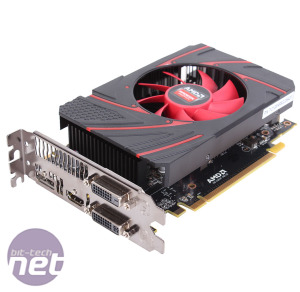
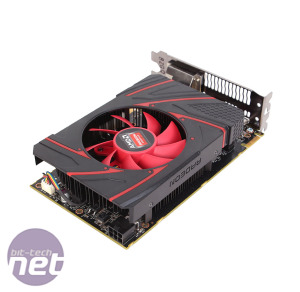
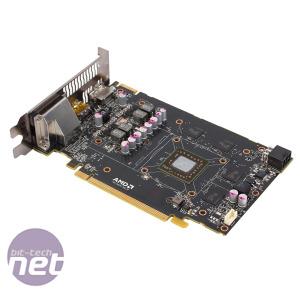
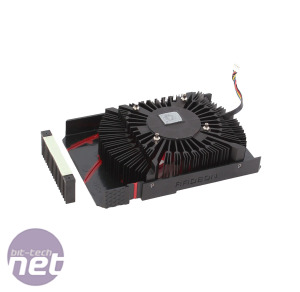


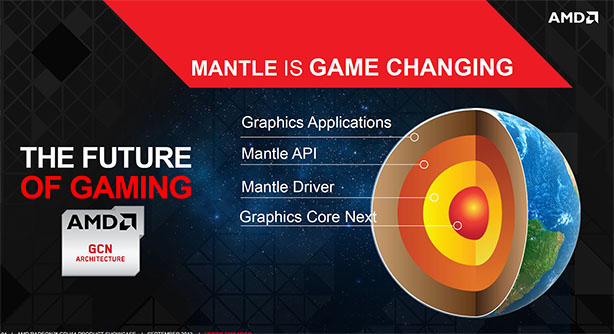







Want to comment? Please log in.